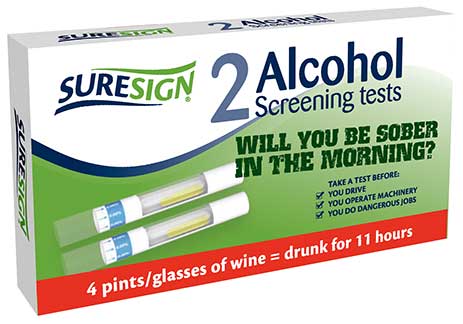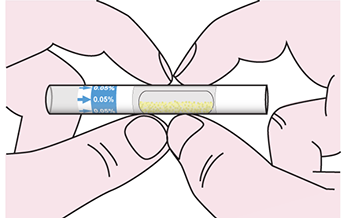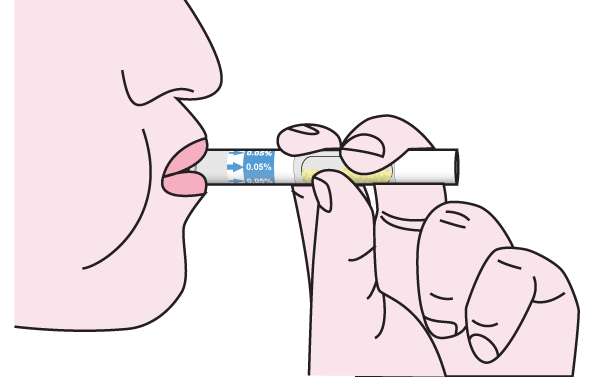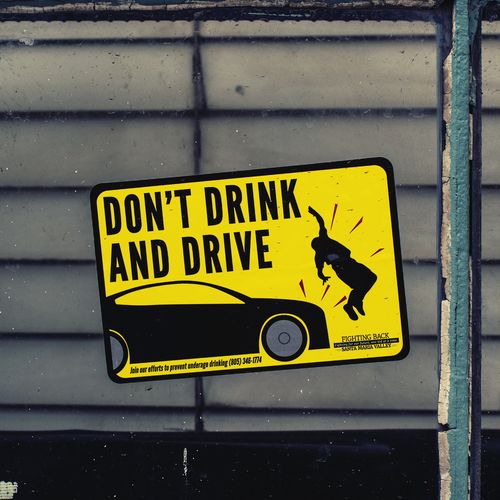You know the feeling, don’t you?
It was great to go out and have a few drinks last night. And now it’s morning and you are about to drive off for work.
You’re tired but are sure you are sober. But how can you be sure? Without even realising, you could be getting into your car over the drink drive limit.
You shouldn’t be too hard on yourself — the road safety charity, Brake, found that one in five drivers admit to driving the morning after they drank a lot the night before.
It’s Okay If You’re a Bit Worse for Wear in the Morning, Right?
Wrong. Even though the majority of us think that alcohol can be passed through our bodies quickly, it actually doesn’t. In fact, it can take as long as an hour for a single unit of alcohol to pass through our bodies and as a result, it’s not safe for you to drive after a night of drinking. Even if you go home and drink gallons of water before going to bed, alcohol will still be in your system the following morning, making it dangerous for you to even consider driving.
Back in 2011, a study was conducted which found that there were more drivers failing breathalyser tests between 6am and 11am than those who were tested the previous night around midnight.
This was a shocking revelation, as it challenged the common belief that most drunk driving cases occurred late at night. The study suggested that many individuals were still under the influence of alcohol from the night before, and were attempting to drive to work or other commitments the following morning.
These findings prompted new discussions and debates about the dangers of “morning-after” driving, and led to increased efforts to educate the public about the risks of driving while still intoxicated. Many individuals began to realise the importance of waiting several hours after drinking before getting behind the wheel, even if they felt “fine” or “sober.”
Since then, there have been several other studies and reports that have further validated these earlier findings. In fact, the issue of “morning-after” driving has become such a concern that some jurisdictions have implemented new laws and regulations aimed at addressing it more specifically.
Overall, the study from 2011 will always be remembered as a critical turning point in the fight against drunk driving. It opened our eyes to the fact that the dangers of alcohol consumption are not limited to just the night of a party or event, but can extend into the following day as well. As a society, we must continue to work towards greater awareness and prevention of drunk driving, in order to keep our roads and communities safe for everyone.
What Happens If You Are Caught Under the Influence?
If you are caught under the influence and you are convicted, you face a minimum punishment of a 12-month driving ban and may receive a significant fine — depending on the circumstances. On top of the legal repercussions, there are other financial aspects to consider. Not only do you have to pay a fine, but you could lose your job, your car insurance may increase, and of course, you’ll have to pay for a lawyer.
In the legal world, firing an employee isn’t appropriate action for an employer to take. That being said, if your employment contract states otherwise, you are employed as some sort of driver, or you are caught drink driving during your work hours, then you could be fired for gross misconduct. On top of this, there are a lot of associations (including the General Medical Council and the Law Society) that state all members must have disclosed a drinking conviction should they have one. Upon revealing this, you may be suspended from your association or may even be asked to seek treatment should you wish to remain in the association.
If you lose your job as a result of drink driving then you’ll find that the trouble doesn’t stop there. You’ll have a very hard time finding employment in the future. The majority of employers nowadays have each of their employees thoroughly “vetted”, in which a criminal background check is conducted. Typically, you will be asked to disclose any convictions that are on record on the PNC (Police National Computer) prior to this vetting.
Not only is drink driving a daunting experiencing for employees, but it puts employers in an uneasy position in which they must assess the individual employee, whether or not they have an alcohol abuse problem, and ultimately decide whether to remove them from the company. One of the main things that an employer must do is determine whether or not alcohol abuse is a result of an underlying issue. In accordance with the 2010 Equality Act, even though that alcohol has been excluded, there are other health problems which have been associated with alcohol abuse which are classed as disabilities.
It’s an employer’s job to continuously be proactive by making sure that employee contracts have clearly stated what is expected of them, how they should behave, and what should happen as a result of a drink driving conviction.
If you’re an employee who’s had a night out with their friends and you’ve got work the next again morning, perhaps you should leave the car in your driveway and take public transport instead — it could prevent a lot of unnecessary problems in your life.
The Hidden Costs of Drink Driving
Beyond legal penalties, drink driving can wreak havoc on your finances. Job loss means no income. Higher insurance rates bite hard. Legal fees add up fast. Public transport costs while banned from driving aren’t cheap. Plus, there’s the emotional toll – strained relationships and lost trust. The true price of that “one last drink” is steeper than you’d think.

Breath Alcohol Detectors
A breath alcohol detector is a simple and reliable way of testing for alcohol. This kind of alcohol test works by rapidly indicating if alcohol is present in exhaled breath. When alcohol is found in exhaled breath, the test reacts with chemically coated crystals and produces a colour change.
Generally, a breath alcohol test indicates relative Blood Alcohol concentration at 0.05%. Tests are also available that provide relative Blood Alcohol concentration at 0.02% BAC (Zero Tolerance) and 0.08% BAC (Drink Driving Limit in England & Wales)
Where to Buy a Breath Alcohol Detector
These types of test are easy to use and can be bought relatively cheaply at a pharmacy or online. One of the most popular tests of this type is the Suresign breath alcohol detector which provides two tests for just £4.99.
How to Use a Breath Alcohol Detector
Using the alcohol test is a simple 5 stage process.
- Take the breath alcohol detector out of its plastic wrapper. Do not touch the mouthpiece — we do not want to contaminate the tests.
- Hold the test between your left and right index finger and thumb.

- Break the inner glass tube containing the yellow crystals by firmly squeezing the detector (Don’t bend or crush it!)
- Holding the middle of the detector horizontally, blow hard with a deep breath into the mouthpiece of the test for 12 seconds.

- Give the test a slight shake to distribute the crystals evenly in the detector test window
How to Read Breath Alcohol Detector Results
After two minutes the results of the breath alcohol detector test can be read. This is done by identifying the colour of the chemically coated crystals in the test. The colour will allow us to determine the relative Blood Alcohol Concentration (BAC).
Positive

If the majority of the crystals are green or blue in the detector test window, this means that the result is positive. It indicates that the relative Blood Alcohol Concentration is equivalent or above the cut-off of the test (0.02%, 0.05% or 0.08% BAC depending on the test used)
Negative

If most of the crystals are yellow or in the test window, this indicates that the relative Blood Alcohol Concentration is less than the cut-off.
Photo by Tim Mossholder on Unsplash
This post was originally published in March 2019. It was last updated in August 2024.
Zoom Testing is a leading UK drug testing company and a supplier of Drug Test Kits.





